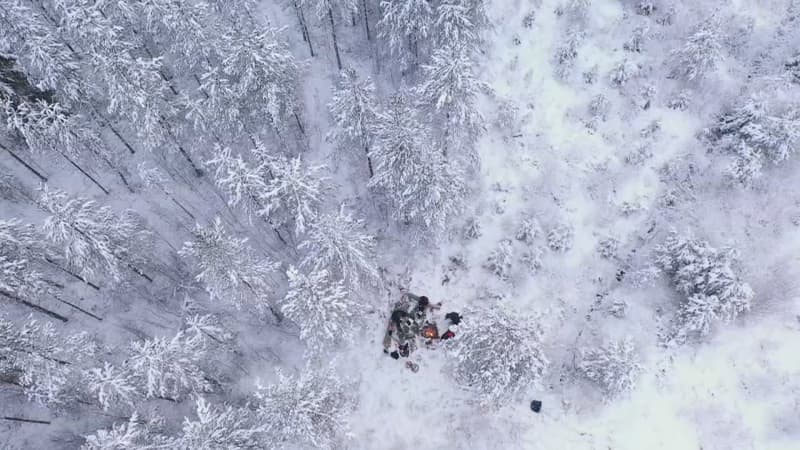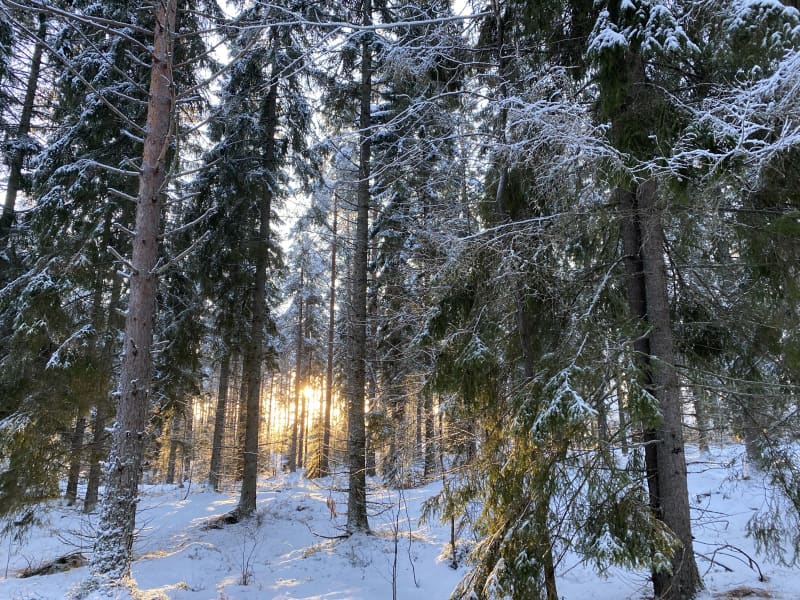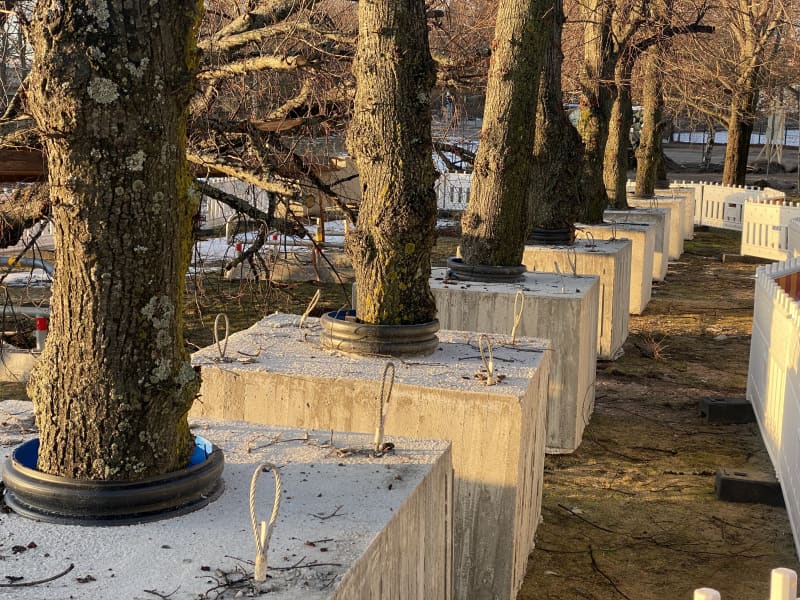The carbon sinks in the northern regions have been calculated too small and the emissions too large – there was a significant error in the calculation method

According to the Finnish Meteorological Institute, the calculation error in the carbon balance estimates of northern ecosystems is significant, even of the same order of magnitude as the entire annual carbon balance of the ecosystem.
According to a new study, the carbon sinks in the northern regions have been calculated too small and the emissions too high. According to the Finnish Meteorological Institute, the calculation error is significant, even of the same order of magnitude as the entire annual carbon balance of the ecosystem.
To correct the error, the new study used a new method based on machine learning, which is already in use at the Finnish Meteorological Institute.
Vekuri says that the magnitude of the measurement error is a few tens of grams of coal per square meter.
– In swamps, fields and certain forests, the carbon balance can be several tens of grams per square meter. In these situations, a carbon emission can turn into a carbon sink. In addition, it is important that even larger carbon balance forests are measured correctly, says Vekuri.
…








